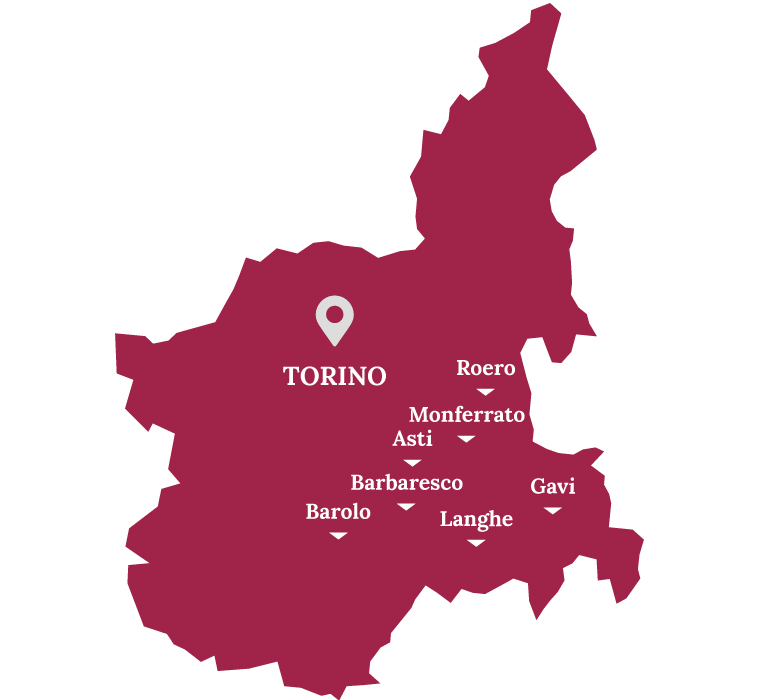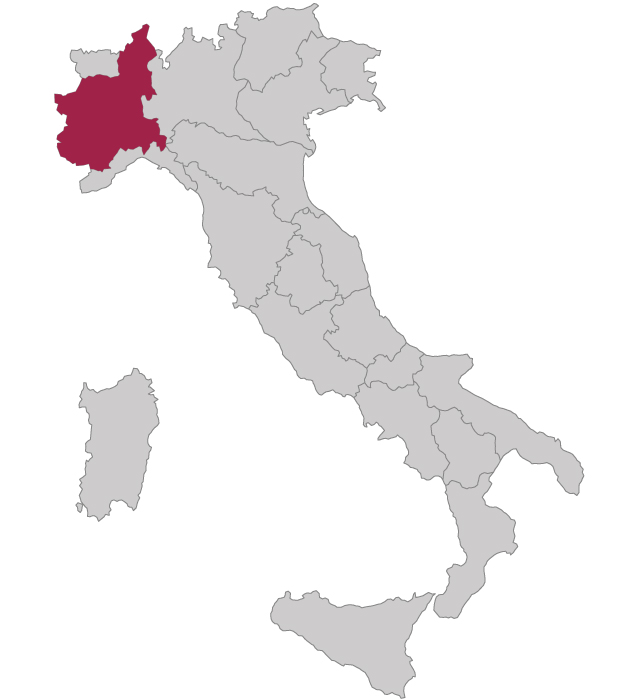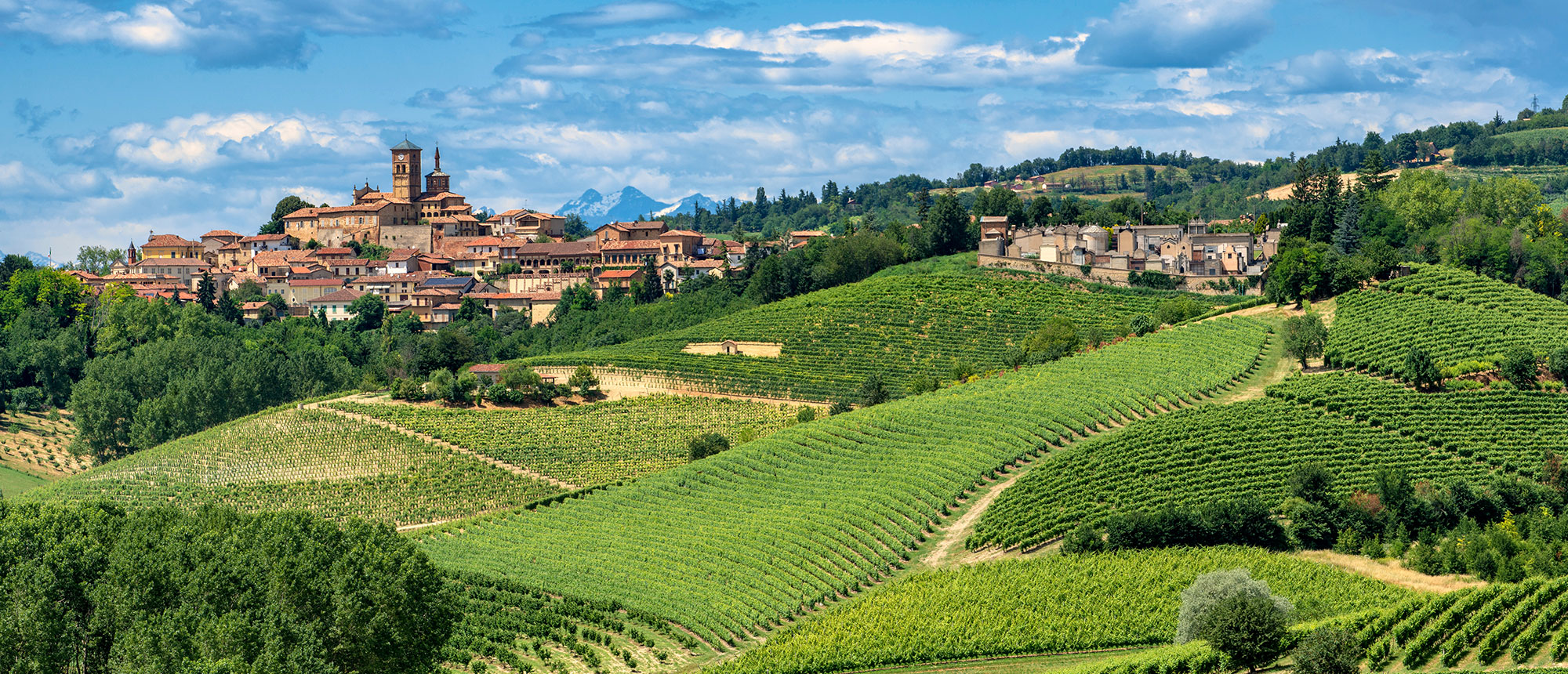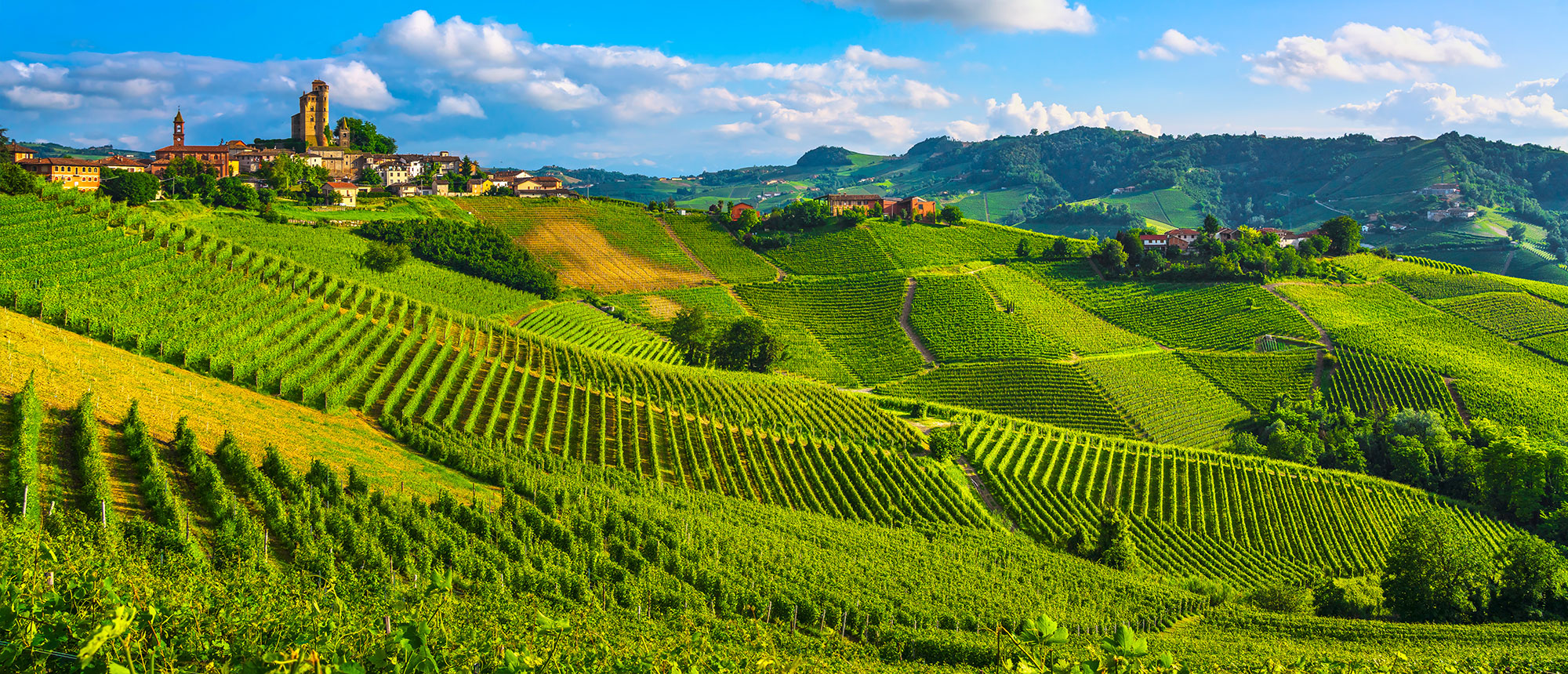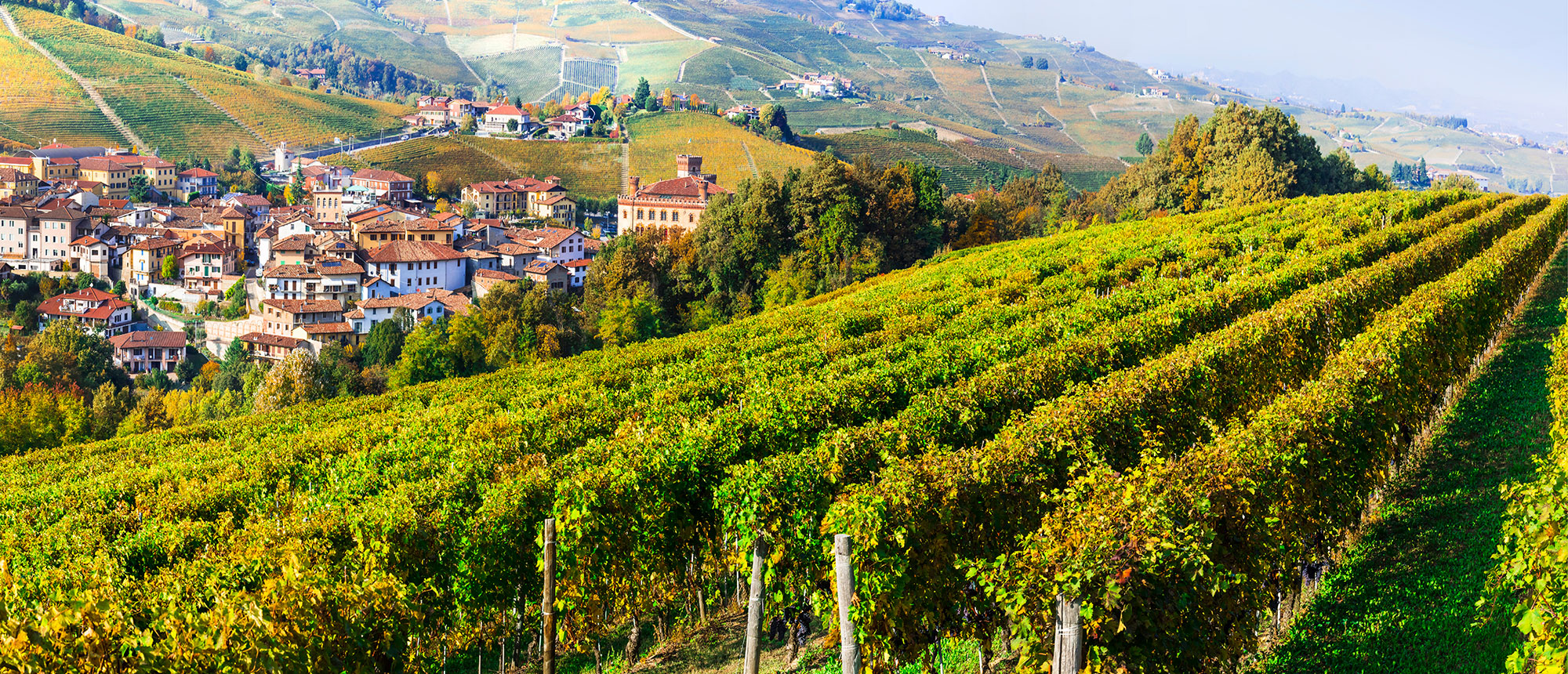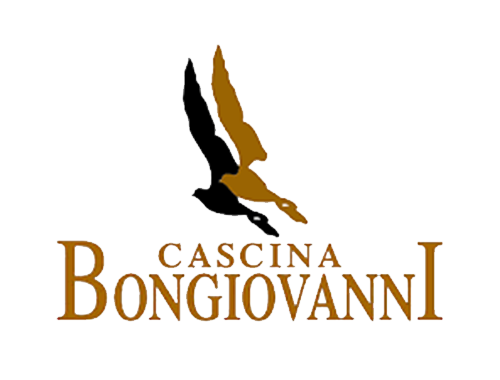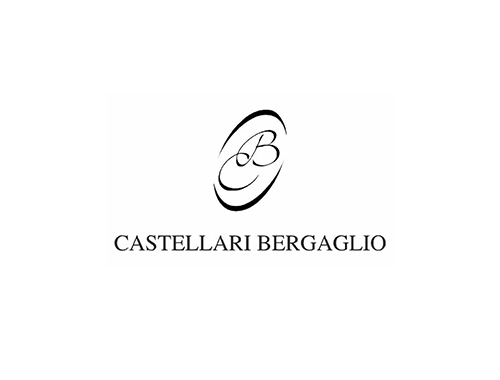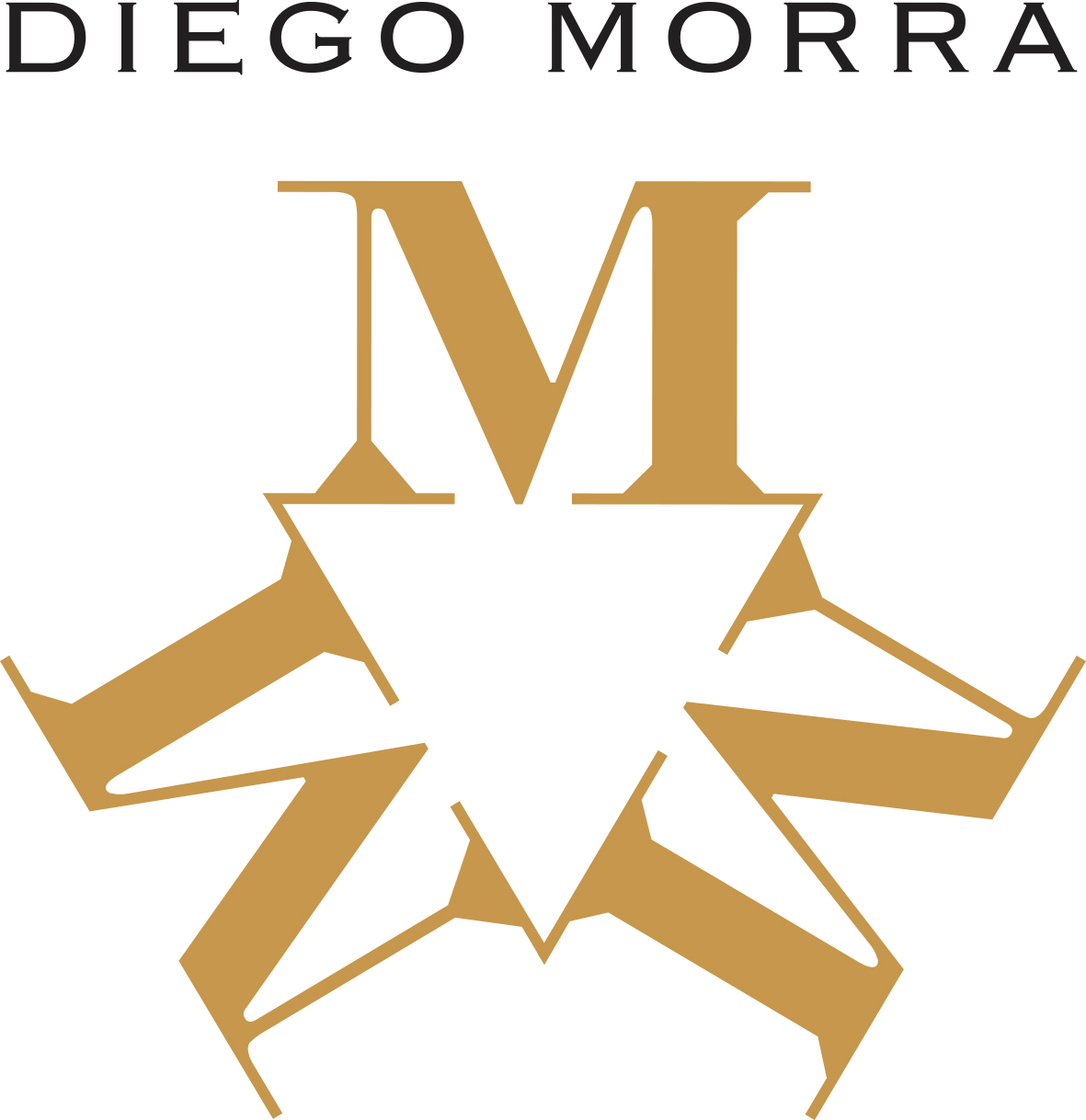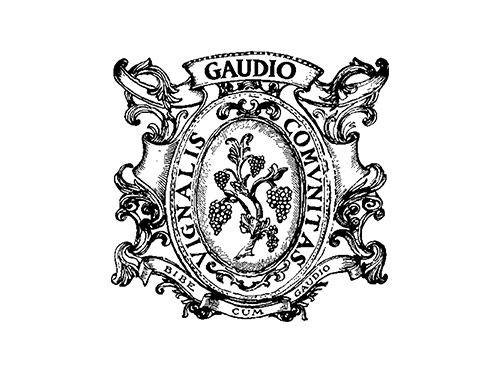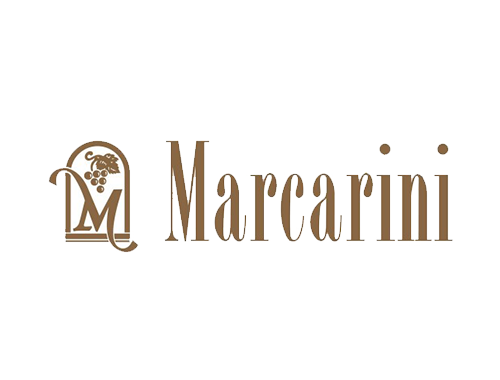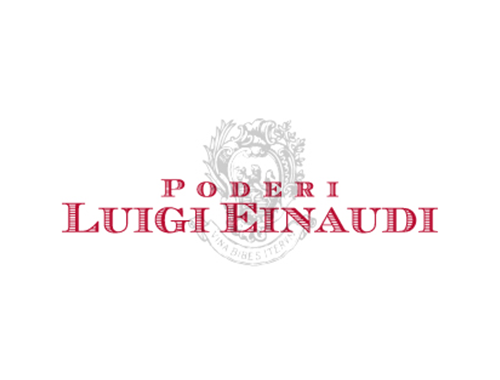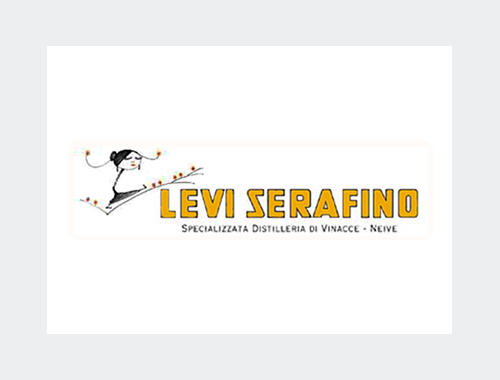Italy’s second largest region, Piedmont takes its name from the ring of mountains – some of Europe’s highest – that make up 43.3% of its surface, enclosing over fifty DOC and DOCG appellations. Its landscapes feature primarily lush vegetation and hills rolling into one another, surrounded in the snow-capped Alps that divide the region from France. These gorgeous hills are blanketed with 43,150 hectares (106,626 acres) of vineyards as well as other traditional crops, such as hazelnuts and olives. The region also boasts a long list of native grapes that thrive in the unique microclimate of the region. Nebbiolo is the top grape lending itself to noble wines, worthy of long aging; Dolcetto is the region’s everyday grape and Barbera is the most widespread of all the local varieties. The different wines vary in terms of complexity and flavor by location, soil type and exposure and of course each individual winemaker and his style. Piedmont wines have been labeled according to terroir and even according to vineyard for centuries; names like Bussia, Cannubi and Brunate have graced Barolo bottles as far back as the 1700s; villages such as La Morra, Barolo, Serralunga d’Alba, Monforte d’Alba and Castiglione Falletto mark different Barolo styles in the same way Treiso and Neive may suggest the flavors and aromas of Barbaresco. The Piedmont people are devoted to their land and traditions and it shows in the beautifully manicured and impeccably cared for countryside. This same care goes into the making of their wines.
Map of the region
